What's The Best Magnification For A Hunting Scope ?
The best magnification for a hunting scope depends on various factors such as the type of hunting, the distance of the target, and personal preference. Generally, a magnification range of 3-9x or 4-12x is considered suitable for most hunting situations. A lower magnification allows for a wider field of view, making it easier to acquire targets quickly, while a higher magnification provides more detail and precision for longer-range shots. However, a higher magnification also reduces the field of view and can make it harder to track moving targets. Ultimately, the best magnification for a hunting scope is one that meets the specific needs and preferences of the individual hunter.
1、 Variable magnification vs fixed magnification
The best magnification for a hunting scope depends on various factors such as the type of hunting, the distance of the target, and the shooter's preference. However, the debate between variable magnification and fixed magnification scopes has been ongoing for years.
Variable magnification scopes offer a range of magnification options, allowing hunters to adjust the magnification according to the situation. This versatility makes them a popular choice among hunters. However, variable magnification scopes tend to be heavier and more expensive than fixed magnification scopes. Additionally, they may have a narrower field of view at higher magnifications, making it harder to track moving targets.
On the other hand, fixed magnification scopes are lighter, more affordable, and have a wider field of view. They are also more durable and reliable than variable magnification scopes since they have fewer moving parts. However, fixed magnification scopes limit the shooter's flexibility in adjusting the magnification, making them less versatile than variable magnification scopes.
In recent years, advancements in technology have made variable magnification scopes more reliable and durable, narrowing the gap between the two types of scopes. Additionally, some hunters prefer to use a combination of both types of scopes, using a fixed magnification scope for short-range shots and a variable magnification scope for long-range shots.
In conclusion, the best magnification for a hunting scope depends on the individual's needs and preferences. Both variable and fixed magnification scopes have their advantages and disadvantages, and the latest advancements in technology have made them more comparable than ever before.
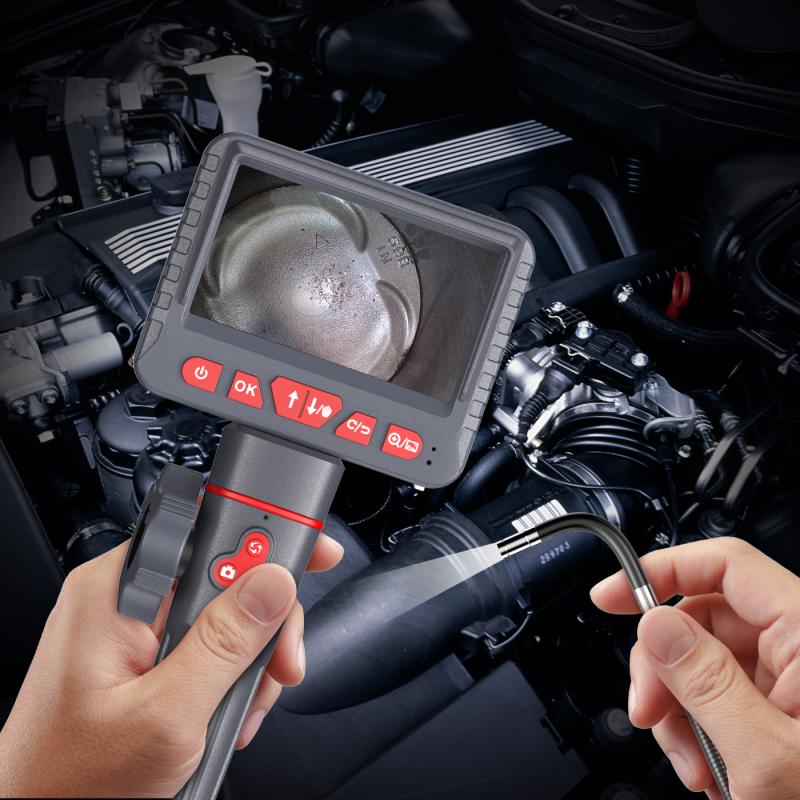
2、 Magnification range for hunting scopes
Magnification range for hunting scopes is a topic of much debate among hunters and shooters. The best magnification for a hunting scope depends on several factors, including the type of game being hunted, the distance of the shot, and the shooter's personal preferences.
For big game hunting, a magnification range of 3-9x or 4-12x is generally considered ideal. This range provides enough magnification to make accurate shots at medium to long ranges, while still allowing for a wide field of view for quick target acquisition at closer ranges. For varmint hunting or long-range shooting, a higher magnification range of 6-24x or even 8-32x may be more appropriate.
However, it's important to note that higher magnification doesn't always mean better accuracy. At extremely high magnifications, even the slightest movement can cause the reticle to move off target, making it difficult to maintain accuracy. Additionally, higher magnification can make it more difficult to acquire targets quickly, which can be a disadvantage in fast-paced hunting situations.
Ultimately, the best magnification for a hunting scope is one that provides a clear, bright image and allows the shooter to make accurate shots at the distances they are likely to encounter in their hunting environment. It's important to consider the type of game being hunted, the terrain, and the shooter's personal preferences when selecting a magnification range for a hunting scope.
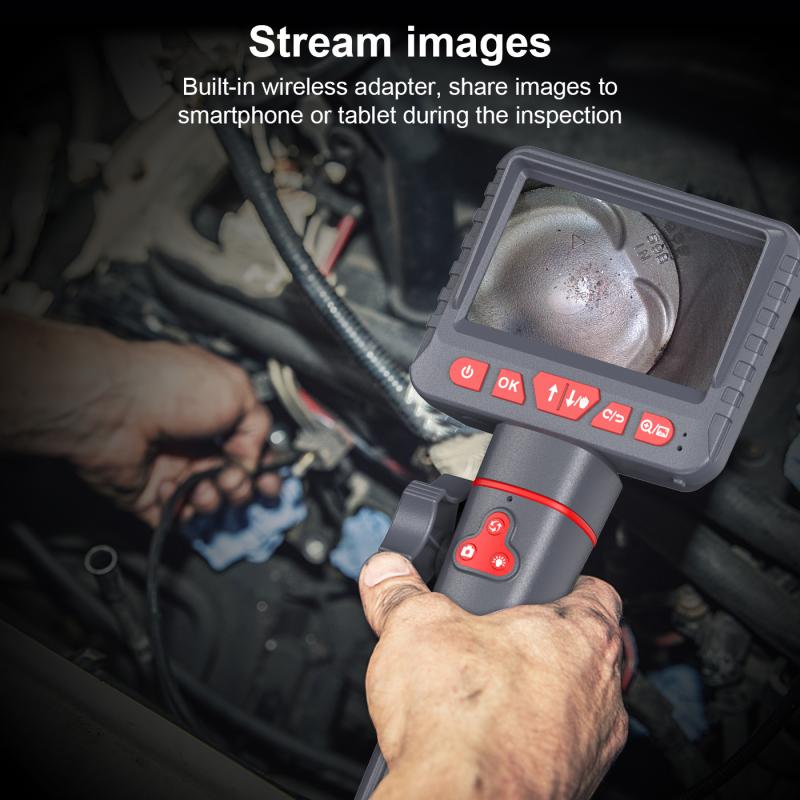
3、 Objective lens size and magnification
"What's the best magnification for a hunting scope?" is a common question among hunters. The answer, however, is not straightforward. The best magnification for a hunting scope depends on several factors, including the type of hunting, the distance of the target, and the shooter's skill level.
Objective lens size and magnification are two critical factors to consider when choosing a hunting scope. The objective lens size determines the amount of light that enters the scope, while the magnification determines the size of the target image. A larger objective lens size allows more light to enter the scope, resulting in a brighter image. However, a larger objective lens also means a heavier and bulkier scope.
The magnification of a hunting scope depends on the type of hunting. For close-range hunting, a lower magnification of 1-4x is ideal. For medium-range hunting, a magnification of 4-9x is suitable, while for long-range hunting, a magnification of 9-16x or higher is recommended.
The latest point of view on the best magnification for a hunting scope is that it depends on the shooter's skill level and the type of hunting. A beginner hunter may find a lower magnification easier to use, while an experienced hunter may prefer a higher magnification for more precise shots. Additionally, advancements in technology have led to the development of scopes with variable magnification, allowing hunters to adjust the magnification based on the hunting situation.
In conclusion, the best magnification for a hunting scope depends on several factors, including objective lens size, type of hunting, distance of the target, and the shooter's skill level. It is essential to choose a scope that meets your specific hunting needs and preferences.
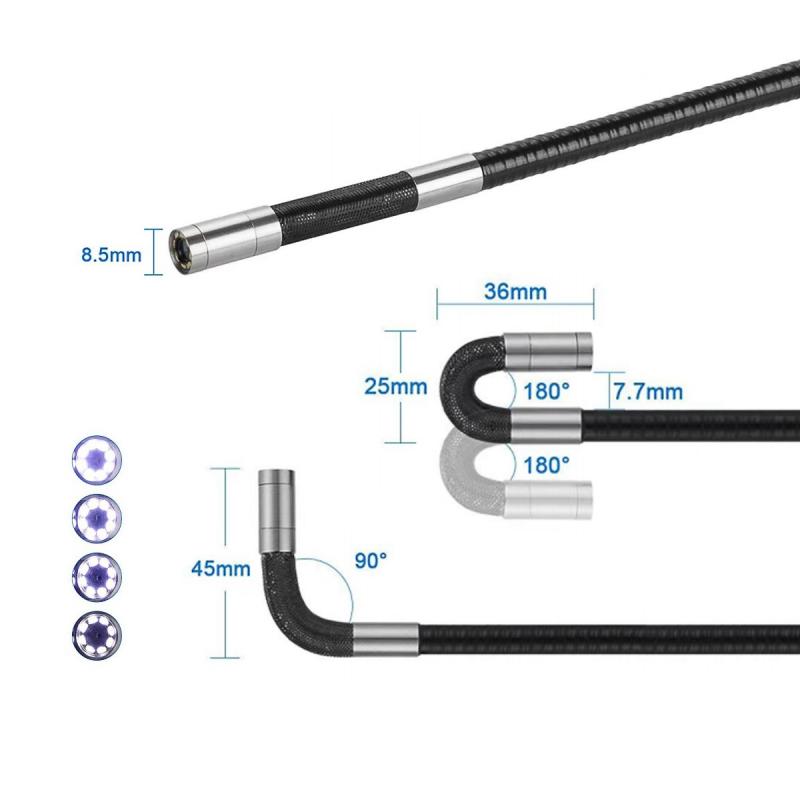
4、 Eye relief and magnification
The best magnification for a hunting scope depends on various factors such as the type of hunting, the distance of the target, and the shooter's preference. However, eye relief and magnification are two critical factors that should be considered when selecting a hunting scope.
Eye relief refers to the distance between the shooter's eye and the scope's eyepiece. A hunting scope with a longer eye relief is ideal as it allows the shooter to maintain a comfortable shooting position while still being able to see the entire field of view. This is particularly important for hunters who use high-powered rifles as they generate significant recoil, which can cause injury if the scope is too close to the shooter's eye.
Magnification, on the other hand, refers to the degree of magnification that the scope provides. The ideal magnification for a hunting scope depends on the type of hunting and the distance of the target. For example, a hunter who is hunting in dense forests may require a lower magnification scope as they need a wider field of view to track their prey. In contrast, a hunter who is hunting in open fields may require a higher magnification scope to accurately shoot their target from a distance.
In recent years, there has been a trend towards using variable magnification scopes that allow the shooter to adjust the magnification depending on the hunting conditions. This provides greater flexibility and allows the shooter to adapt to changing hunting conditions.
In conclusion, when selecting a hunting scope, it is essential to consider both eye relief and magnification. A hunting scope with a longer eye relief and variable magnification is ideal as it provides greater flexibility and comfort for the shooter.
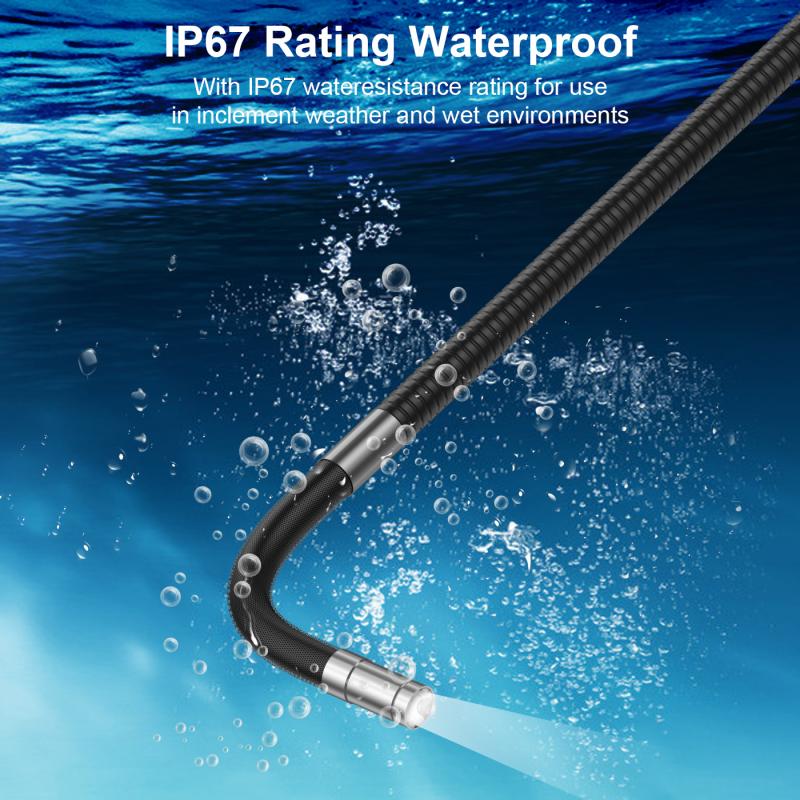

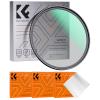

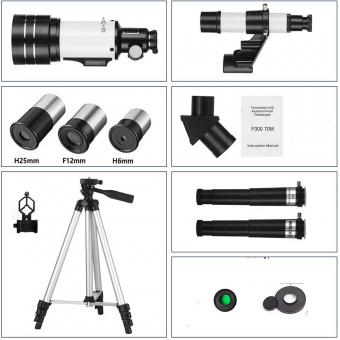





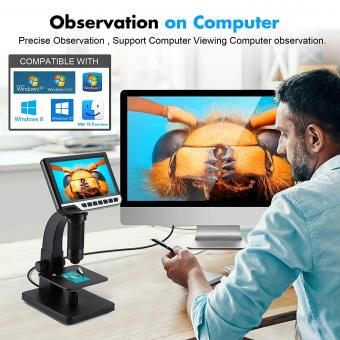


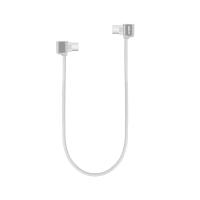



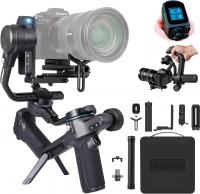
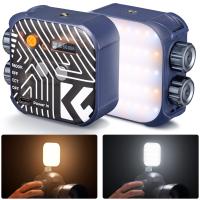
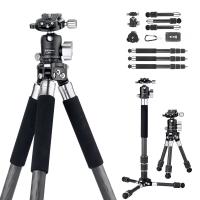

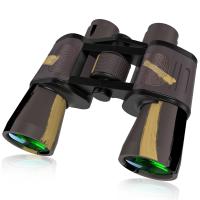
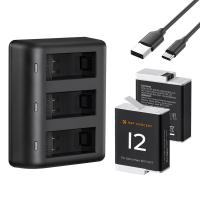
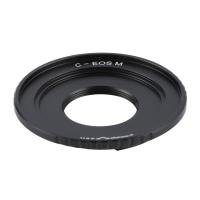
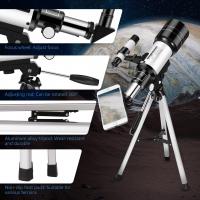


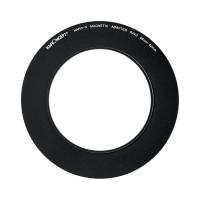



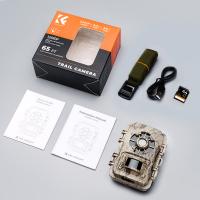

There are no comments for this blog.